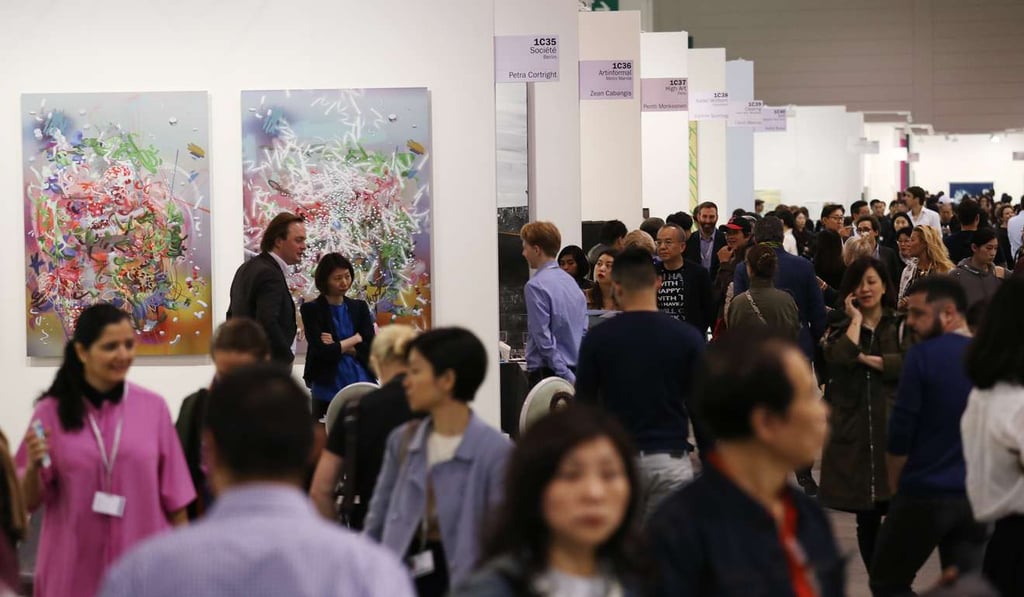Then & Now | Opinion: Art fairs a means of parting Hong Kong’s uncultured rich from their money
While some of the city’s wealthy have a genuine interest in culture, the patronage of others may be a ruse to deflect public anger over Hong Kong’s growing wealth gap; either way, the sellers of art win

Hong Kong has become an essential stopover on the international art world’s annual peregrinations and, after weeks of hype and anticipation, various festivals are profitably staged for short periods. Art Basel – possibly the showiest of the lot – has just been and gone for another year.
Overseas-educated scions of Hong Kong’s plutocrat fraternity have become enthusiastic supporters of local art-culture-heritage-nature initiatives. For some, closer involvement with manifestations of the cultural life signals genuine interest – and it is easy to be interested in expensive civilising pursuits when lack of money has never been an issue. But with other “artistic entrepreneurs”, suspicion lingers that their enthusiasm is a ruse concocted by shrewd corporate public-relations minders to help rebrand family fortunes in the face of rising public disgust with the tycoon caste. Art becomes yet another sticking plaster stretched over the gaping wound of Hong Kong’s social inequality and political polarisation.

And a well-curated artistic gloss can certainly help turn a profit. A sales brochure for a property development in Central, squarely aimed at Hong Kong’s young, trendy, arty types with secure “family money” backgrounds (among the few these days who can afford to indulge in such things), described potential buyers as “global nomads with a free spirit; cultured beings and collectors who love the artisanal. They are the urban elites, with a bohemian soul”. I quote this gleaming profundity in full because – as with so much else that passes for deep and meaningful among Hong Kong’s elite, and the advertising copy that venerates it – one simply couldn’t invent this rubbish.
‘Uncultured’ multibillionaire is China’s biggest fine-art collector
Since the 1930s, Chinese artworks have found their way into key international collections with the donor’s name firmly attached. For decades, major artistic or cultural initiatives on the part of Hong Kong’s wealthy were mostly directed overseas, usually in the form of major donations to British or North American museums.

